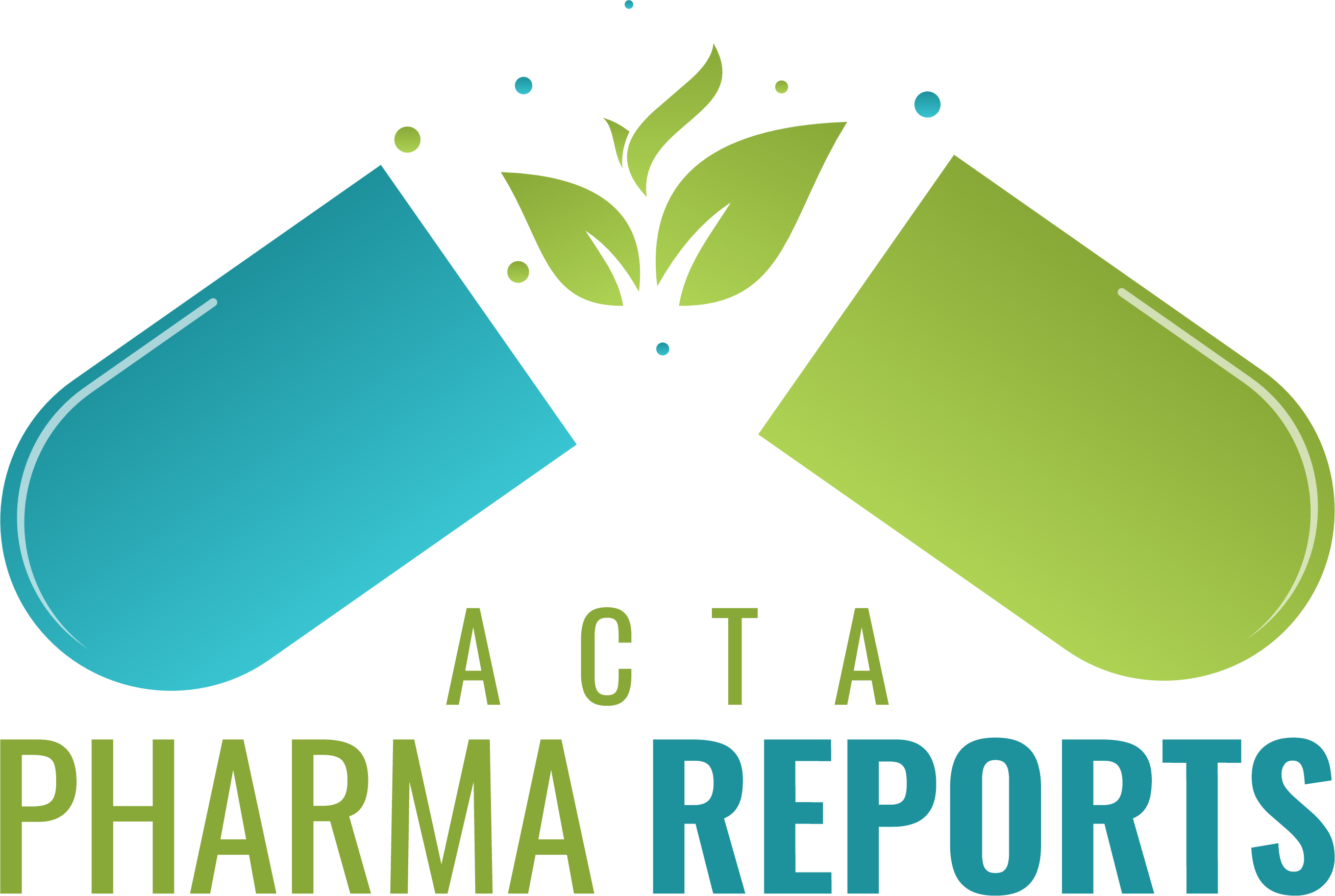Cancer remains a major worldwide health concern that requires the investigation of new treatment approaches. Naturally present in large quantities in the seeds of many different fruits, amygdalin is a cyanogenic glycoside that has attracted a lot of interest as a possible anticancer drug. The article starts by summarising the history of amygdalin’s use as a conventional cancer treatment and explores its contentious standing in the medical community. It looks into the chemical pathways that have been suggested to underlie amygdalin’s anticancer actions, such as its transformation into hydrogen cyanide and consequent cytotoxicity, in addition to its ability to trigger apoptosis, impede angiogenesis, and alter immunological responses. A thorough discussion of the cellular and molecular pathways that amygdalin influences is provided, illuminating the complex manner in which it functions within cancer cells. Amygdalin’s interactions with important molecular targets in cancer cells, including the Bcl-2 family of proteins. A critical evaluation of amygdalin’s safety profile and efficacy from a clinical standpoint is also conducted. Although preliminary research suggested encouraging outcomes, a lack of thorough clinical trials and uneven methodology have led to mistrust. Furthermore, more research is necessary to fully understand the questionable metabolism of amygdalin and its propensity to release hazardous cyanide chemicals. To sum up, this thorough analysis offers a fair synthesis of the most recent research on amygdalin’s possible use as an anticancer medication. The development of amygdalin into a therapeutically effective therapy option requires thorough research into its mechanisms, potential toxicity, and synergistic interactions with existing medications, even though preclinical data points to its potential. This review provides valuable insights into the complex molecular mechanisms and clinical difficulties surrounding amygdalin, which will help guide future investigations into how to use this drug to treat cancer.
